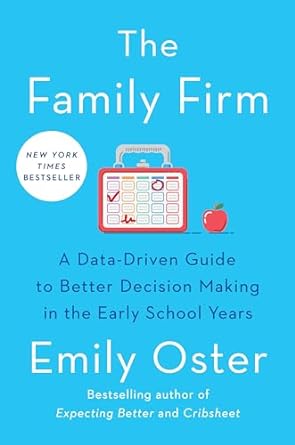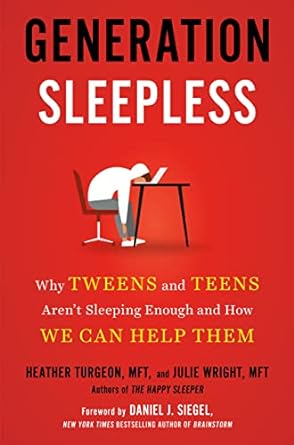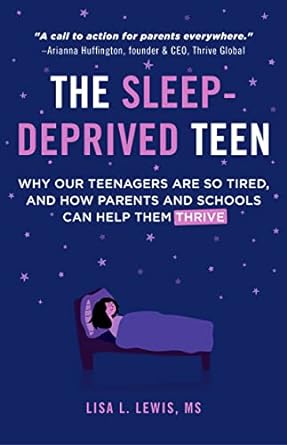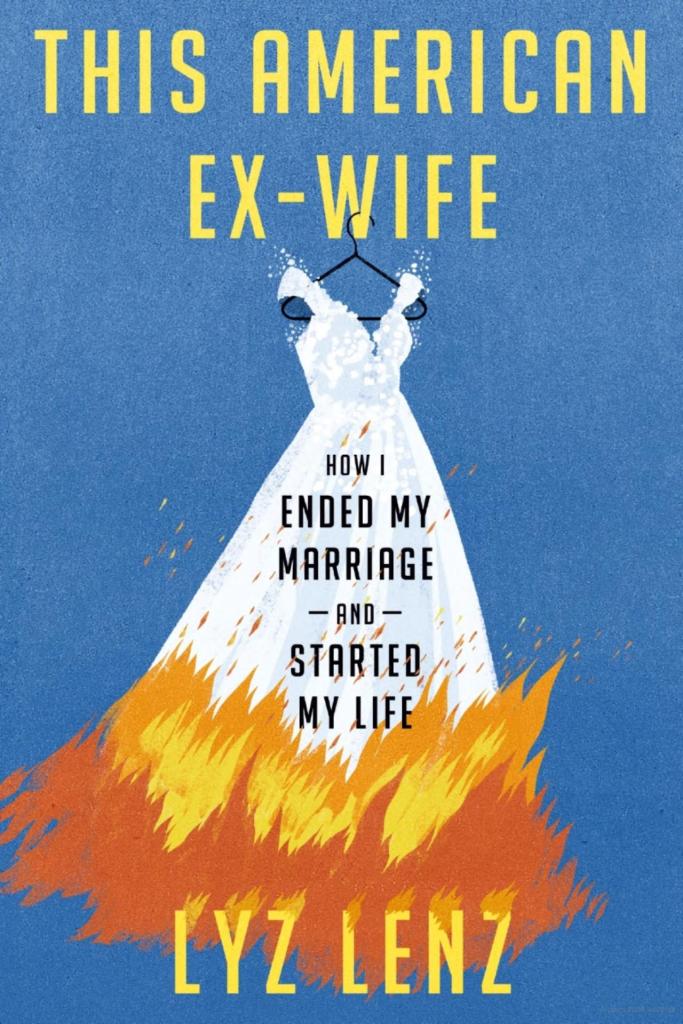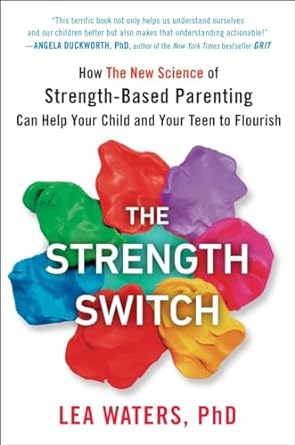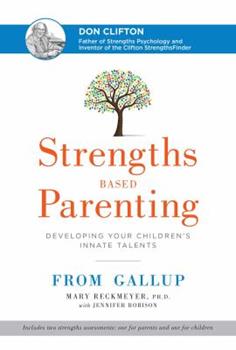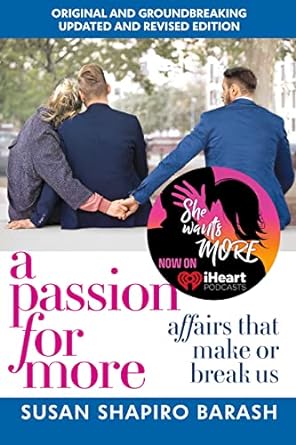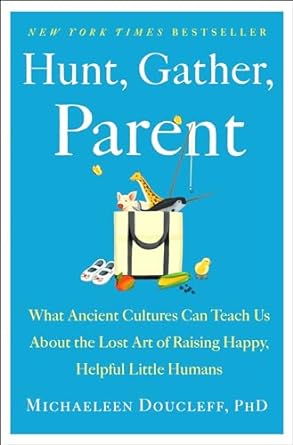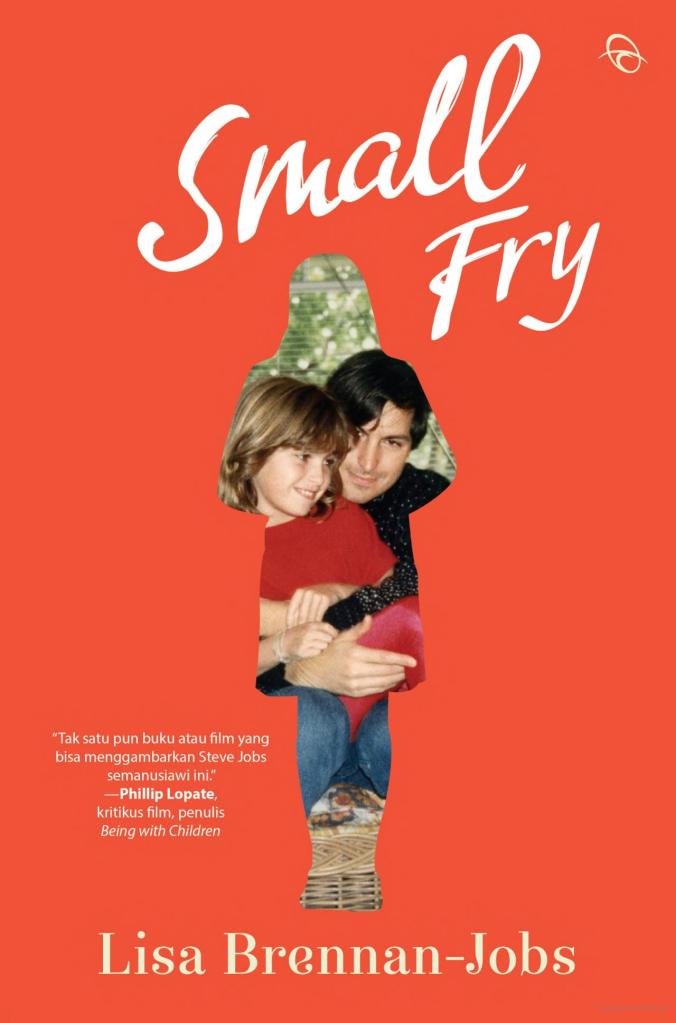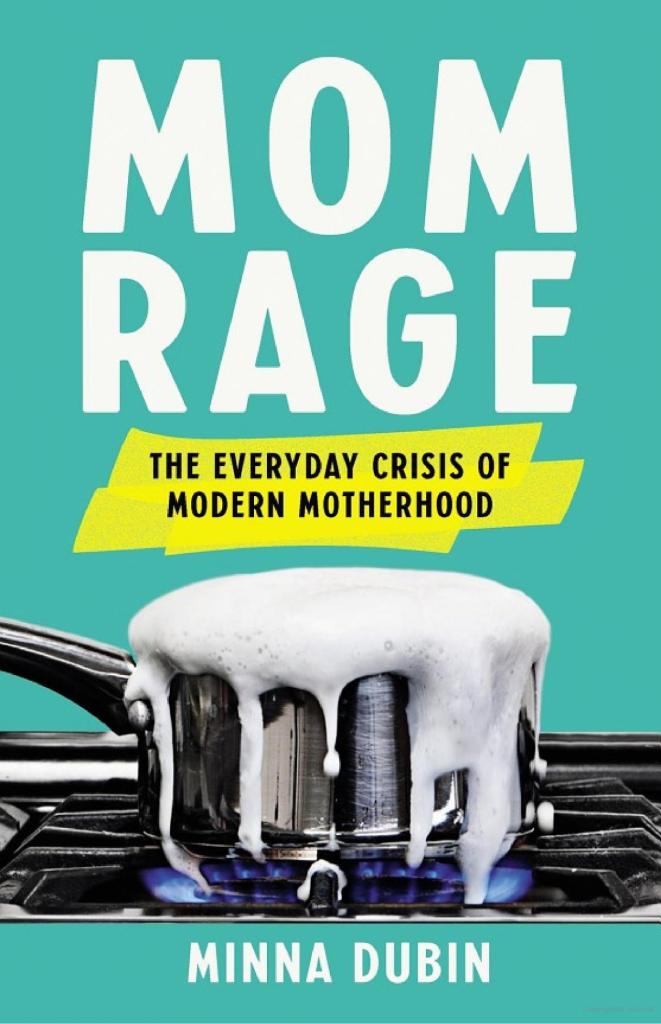For the third book in her ParentData series, Emily Oster tackles “the post-toddler, preteen stage—that is, the ages of five to twelve.” Having enjoyed Expecting Better and Cribsheet, and having read every issue of Oster’s newsletter, I looked forward to The Family Firm.
It disappointed.
Oster is up front about what turns out to be the central problem: When it comes to issues during the early school years, the data largely isn’t determinative. Decisions are more amorphous and individualized. She does her best to pivot, offering some key insights (e.g., “Family dinner and ice skating are one choice, not two”) and providing a decision-making framework (“The Four F’s: Frame the Question … Fact-Find … Final Decision … Follow-up”). But the family-as-a-business schtick feels forced and “be thoughtful” doesn’t seem like it requires a full-length book.
Oster shines most when debunking “the Mozart effect,” the idea that engaging with classical music increases IQ. This is what she’s known for: wading into the data and calling out rules and norms that make no sense. But The Family Firm doesn’t do a ton of that, instead trying to synthesize entire fields of research. Sometimes I agreed with her take (three cheers for considering displacement when it comes to screen time!) and in other places I couldn’t believe how she spun the available research. Take, for example, her treatment of education. Oster correctly concludes that there’s not a huge amount of evidence showing that charter schools and/or private schools are more effective than public schools. But instead of presenting this as mythbusting—since Americans largely assume public school inferiority—she hems and haws a little, writes, “school-specific information may help, but the research-based data probably will not,” and then acknowledges that “whole books have been and will be written on these issues.”
And that may be the meta point of her book: When it comes to this age group, reasonable minds can differ.
(Case in point: She and I review the same studies on homework showing a very small positive impact that’s even smaller for younger kids, and I conclude it’s ludicrous so much of it is assigned in elementary school with so little justification, and she concludes, hey, there’s a little positive impact.)
But doesn’t this conclusion call into question the book’s existence? How valuable is one mom’s take, even one very smart mom with time to read a bunch of studies? And how does that value change when you realize that Oster too writes mostly for the middle class and above?
Yet her prose flows well, as usual, the wit that suffuses her other books surfaces from time to time (“For older kids … exposure helps with non-bitter vegetables, but for bitter vegetables, researchers show better effects with what they call ‘associative conditioning,’ or what I call ‘dip’”), and I have to admire the woman’s bravery—both for tackling such a huge topic and for putting details of her own family life out there for criticism (“Breakfast has a hard stop at 7:25. This was entered into the family meal policy (right under ‘No carbs for snacks’)”). Oster makes some truly great points in her data-analysis sweet spot (a meta-analysis, she writes, “doesn’t magically fix our correlation-versus-causation problem, but it does give us a more comprehensive view of the correlations”), but The Family Firm still provides parents with less useful information than the first two ParentData books.
But my real fear isn’t that folks will waste time on a “meh” book. It’s that readers will gloss over the subtleties of her analysis, confusing her personal conclusions with research-backed gospel.
(For Oster’s take on some of these points, check out this Q&A we did for Salon. It’s more evidence of her bravery and truly admirable subjection of herself to critique in the name of a free exchange of ideas.)
